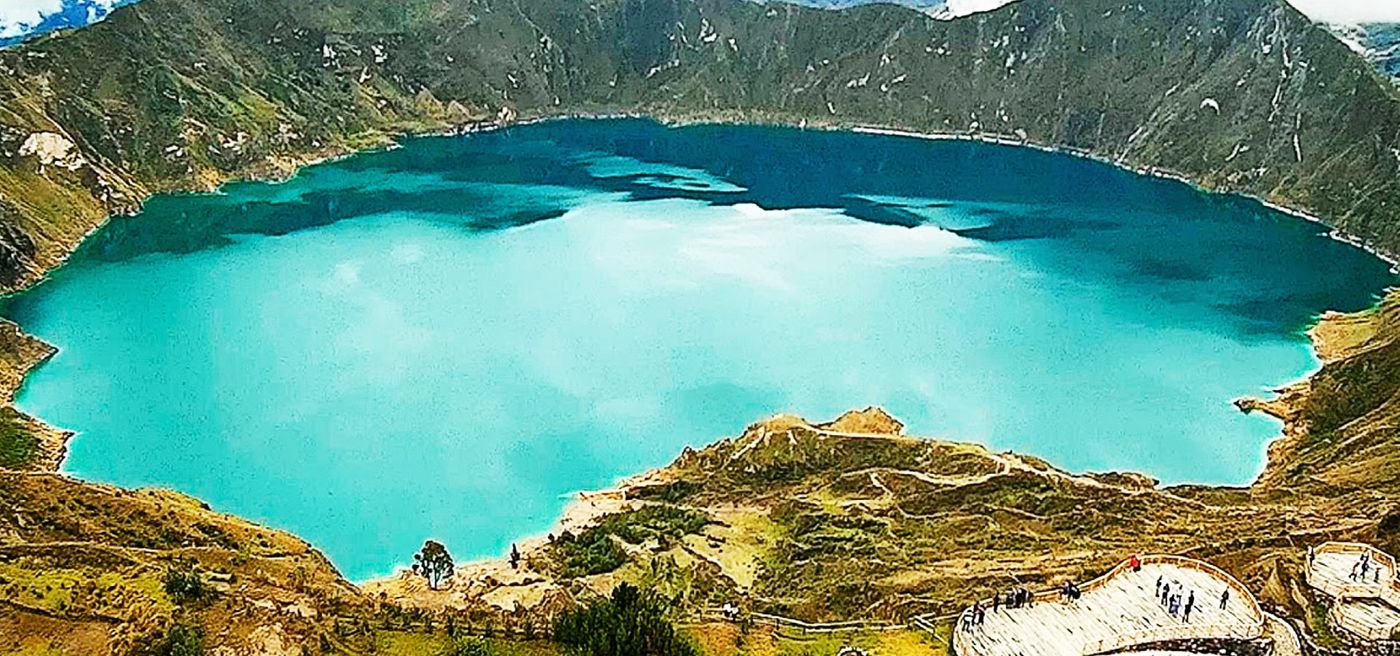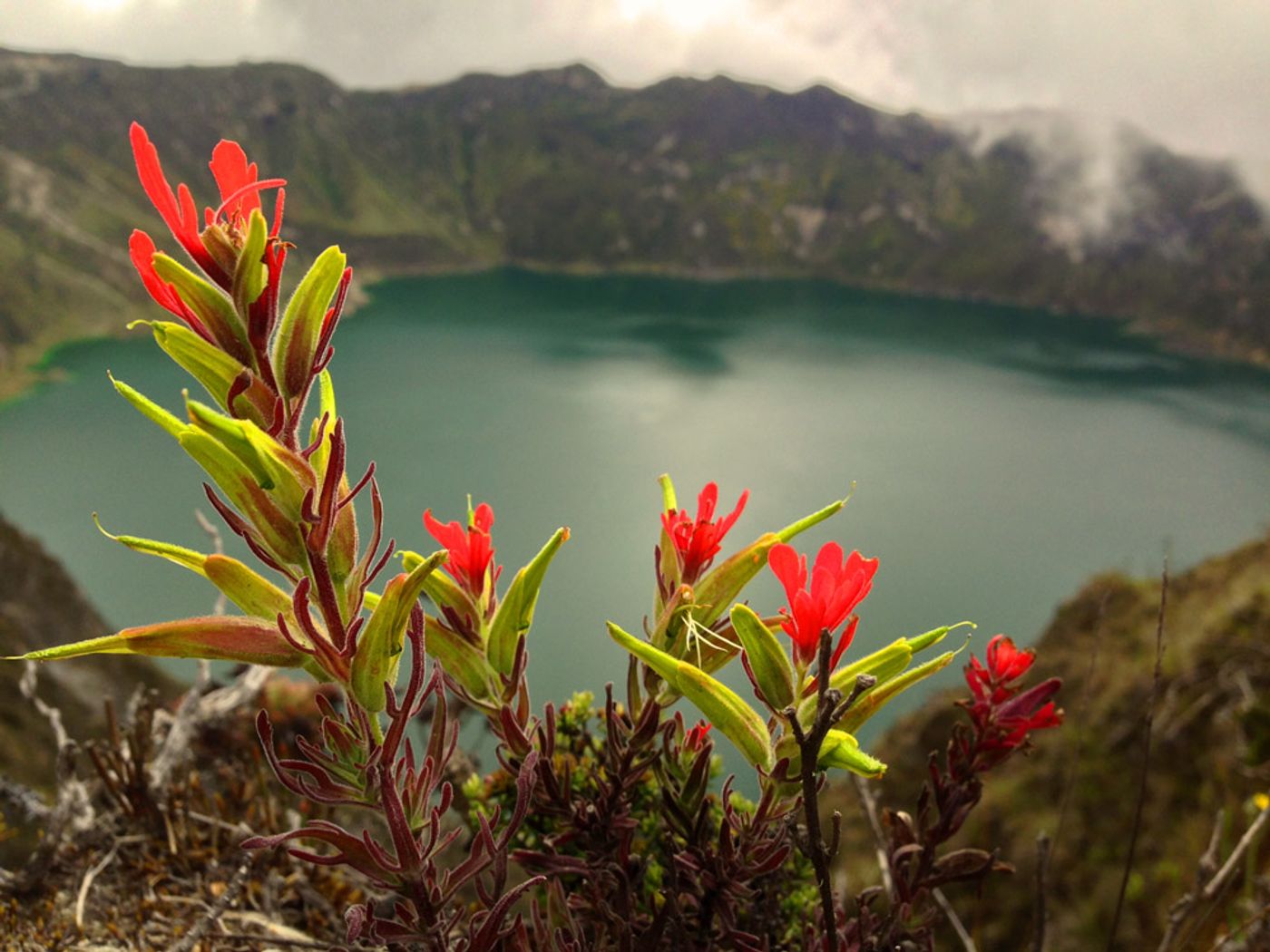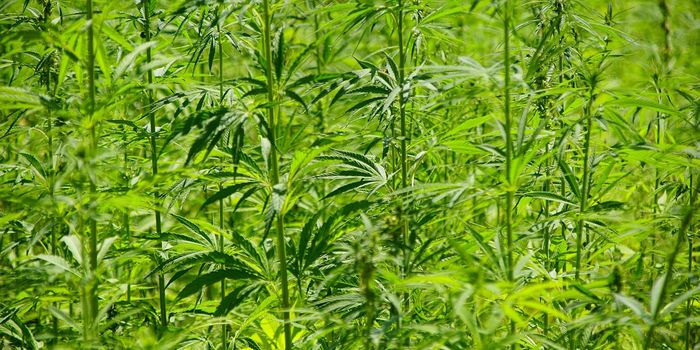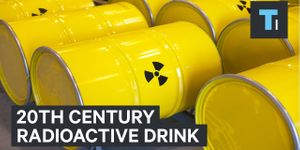Quilatoa, Ecuador: a case study of how to form a crater lake
If you’ve glimpsed a picture of a crater lake or been lucky enough to see one yourself, you’ll understand the enthusiasm that I experienced when I visited my first crater lake, La Laguna de Quilatoa, in the Cotopaxi region of Ecuador. Located in the Andes Mountains, Quilatoa’s crater lake is quite breathless – literally, at its highest point, the rim around the lake reaches 3,930 meters, or 12,893 feet, above sea level. Watch this aerial footage to understand the geography about the lake before reading on.
Not knowing much about crater lakes prior to my visit, my first question upon seeing the view was, “But how did it form?” Was it possible that a meteor from space had struck this spot, leaving a gaping hole which was later filled with bright green rainfall? Not exactly.
Although some crater lakes do form from meteors, the vast majority form as the after effect of volcanic eruptions. There are four phases that occur in the making of a crater lake: the volcano, the eruption, the collapse, and the lake.
So why doesn’t every volcanic eruption form a crater lake? The eruption must be very large or there must be several eruptions in order for the terrain to get hot enough that the volcano actually collapses in on itself, leaving a depression on the top of the volcano called a caldera. It is this caldera that collects rain and snow over a long period of time, eventually creating a lake. These lakes can get very deep; Quilatoa’s lake reaches 250 meters (820 feet) deep, although locals say that the lake level has been slowly declining over the last 10 years!
The volcanic event, dubbed the 1280 Plinian eruption, that formed the 3-kilometer wide caldera of La Laguna de Quilatoa occurred about 800 years ago following the collapse of the volcano from a VEI-6 eruption which produced pyroclastic flows and lahars that reached the Pacific Ocean. The eruption also produced volcanic ash that spread throughout the northern Andes. Previously, the volcano had been dormant for 14,000 years. It must have been quite the surprise to the life there at the time!
Turns out that the greenish color that I speculated on doesn’t actually come from the precipitation that filled the lake over the past hundreds of years, but instead as a result of dissolved minerals. The chemistry of the lake is affected by volcanic activity beneath the crater. I saw these effects in the form of travertine deposits along the shore up to 10 meters above the lake level. I was also advised that swimming in the lake is prohibited because of its acidity, which is rated as intermediate in Cl, SO4 and HCO3 levels, according to a study published in the Journal of Volcanology and Geothermal Research.
Because of these conditions, the lake boasts no aquatic life other than micro-organisms and some algae. However, I can attest that the surrounding area is bursting with flora, and even some fauna (sorry to almost step on you, little lizard!). Wildflowers run galore along the crater rim, making for quite the picturesque photograph to document the trip!
Sources: Volcano Discovery, Some Interesting Facts, Journal of Volcanology and Geothermal Research










